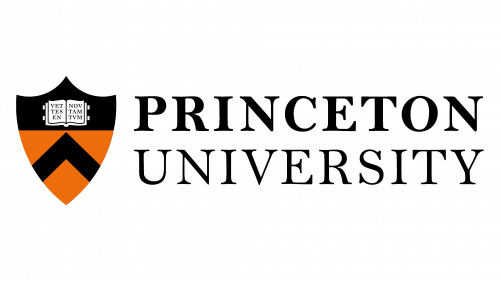Princeton University Logo
Princeton University, an Ivy League bastion nestled in Princeton, New Jersey, commands respect for its stringent academic standards, storied past, and discerning entrance criteria. Inaugurated in 1746, it ranks among the United States’ most venerable higher education establishments. It extends a vast array of scholarly pursuits, from the humanities to the hard sciences, catering to both undergraduate and postgraduate learners. The university’s campus is a tapestry of historic Gothic charm interwoven with modern design, cultivating a tightly-knit academic fellowship. Renowned for a legacy shaped by its distinguished scholars and laureates, Princeton places a pronounced focus on fostering research opportunities at the undergraduate level.
Meaning and history
Princeton University, a cornerstone of American academia, began as the College of New Jersey in 1746, becoming the nation’s fourth oldest institution of higher learning. Initially situated in Elizabeth, then Newark, it relocated to Princeton in 1756. Its inception was deeply rooted in Presbyterian values, primarily educating clergy.
The university’s journey through the 19th century marked a pivotal transformation. Adopting the name Princeton University in 1896, it signaled an expansion beyond its initial focus. The turn of the century witnessed the launch of its Graduate School, broadening its academic horizons.
In the 20th century, Princeton emerged as a crucible of intellectual innovation. Home to celebrated minds like Albert Einstein, it became synonymous with cutting-edge research, especially in physics. Its contributions during World War II, particularly in scientific research, were noteworthy.
The post-war era heralded significant changes. Embracing coeducation in 1969, Princeton welcomed its first cohort of women, marking a new era of inclusivity. This period also saw an uptick in disciplines like molecular biology and engineering, reflecting evolving academic trends.
As the century turned, Princeton’s focus shifted towards embracing diversity and establishing a global presence. Striving for a more inclusive community, it prioritized diversity in its student and faculty recruitment. International partnerships and programs flourished, underlining its commitment to global education.
Princeton represents a blend of historical richness and forward-thinking academia. Its idyllic campus, distinguished faculty, and a legacy of eminent alumni uphold its reputation as a beacon of educational excellence and innovation, dedicated to nurturing future generations of leaders and scholars.
What is University of Princeton?
Princeton University, nestled in Princeton, New Jersey, stands as a beacon of intellectual prowess within the Ivy League. Founded in 1746, it merges deep historical roots with a relentless pursuit of academic innovation, offering a diverse range of programs from the humanities to the sciences. Esteemed for its intimate student-faculty engagement and picturesque campus, Princeton is a cradle of scholarly excellence and groundbreaking research.
1987 – Today
The emblem of Princeton University, a revered icon in academia, presents a shield awash in the institution’s signature orange and black hues, emblematic of its storied ethos. Atop the shield rests an open tome, a beacon of the quest for wisdom, graced with the Latin phrase “Vet Nov Testamentum,” a nod to the university’s historical and theological heritage. Beneath, a pair of chevrons point skyward, adding dimension and an echo of the university’s commitment to advancing its community’s aspirations. Encased by the bold, all-caps inscription “PRINCETON UNIVERSITY,” the shield’s perimeter radiates with an enduring sophistication, underscoring the university’s esteemed standing in the realm of higher education. Far from mere aesthetics, this logo encapsulates Princeton’s long-standing dedication to scholarly distinction and the intellectual development of its members, a tradition it has proudly maintained since its establishment in the 18th century.











